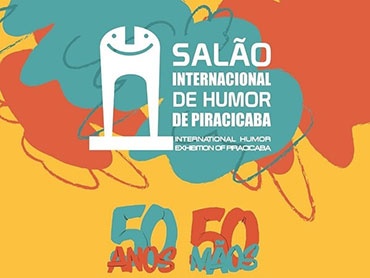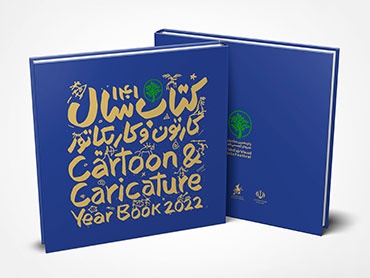
Florencia Böhtlingk at Malba Puertos: Painting with the Vibration of Immediacy
With a unique style that combines geometry and gesture with multiple pictorial traditions, the artist exhibits works from the last 15 years in her first retrospective exhibition.
At Malba's Puertos venue in Escobar.
Seated outdoors, Florencia Böhtlingk makes watercolor sketches, one after another. She can create up to thirty. “Sur le motif,” the artist says. This pictorial practice, immersed in nature and developed in Europe towards the end of the 18th and beginning of the 19th centuries, granted autonomy to the sketch and renewed prestige to the landscape. It is the starting point of the artist's creative process. Later, in her studio, she develops the final work based on these preparatory sketches. She also paints portraits in oil, that other great pictorial genre where the subject is depicted in front of the canvas.
But in her work, these traditional forms seem to function as elements she selects from the vast toolbox that is the history of painting to create a contemporary and singular production. At once figurative and abstract, rational and sensitive, interior and exterior, chromatic and linear. And committed to her time and social space. The more than eighty works in the Malba Puertos gallery make this evident, showcasing the artist's trajectory over the last fifteen years in a well-deserved first institutional exhibition with the precise curatorial vision of Alejandra Aguado.
I swear all this happened in a day. The title reveals a playful and literary imagination. “An adventure in which approaching reality can be, in the artist's words, pure fantasy,” Aguado notes in the exhibition text. Fantasy anchors itself in a reality. In this case, the reality of the urgency to paint. “I think a lot about what painting is for me. I decided it's a passion. Behind that comes the whole connection with the craft, my colleagues, and my own work,” she told Ñ.
The Río de la Plata and Misiones. Two privileged landscapes featured in her paintings. In the first case, her gaze falls on the islands of the Delta and the Ribera Norte Natural Park in the San Isidro district, with its reeds, herons, ceibo trees, and floods. And on the interior of her home studio. In the second, on the rural and jungle geography of La Bonita in the La Flor Colony. “Being in front of the subject always gives me an adrenaline rush, a leap of faith, and, on the other hand, a sense of commitment. You have to keep going no matter what,” the artist tells me, in a statement that also reveals a certain struggle and willpower. European and Latin American modernity is glimpsed, recalling at times the Brazilian Tarsila do Amaral, the Uruguayan Joaquín Torres García, the French Henri Matisse, naive art, the muralism of the 1960s, among other artists and movements. A genealogy that plays with the profusion of color, lines, and compositional decisions: frontality, hierarchical perspective, and geometrization.
Communities and Writing
Böhtlingk mentions the Uruguayan painter Carlos Giambiagi, who in the second decade of the last century settled in the Misiones rainforest following the writer Horacio Quiroga. In the work "Villanueva in the Workshop" (2014), the names "Preloran, Giambiagi, Chucalezna" appear, a trilogy of names linked to painting, landscape, art education, and ethnography. Because what is portrayed is a collective experience ("Community Skewer at School," "Sunset in the Guarani Village," both from 2016). In this way, he establishes dialogues and community with the peers with whom he goes out to paint, with the areas visited and portrayed, and with intellectual and artistic references.
Writing permeates several works, eventually taking center stage in "Words Are Images" (2010) and "The Campaign" (2019). "Words sometimes function as anchors for the abstract nature of a landscape," the artist tells me. From the landscape of a social demonstration, she retains only what has been said, heard, and written, achieving another image of a social fabric. Like a cloud of words, but without hierarchical relationships. "Using typography linked to crafts, street art, and spontaneous signage, the works capture a reality where vital and antagonistic forces coexist. Variegated and vibrant (...) the words express the current state of the territory and the equivalence that exists in Böhtlingk's work between painting and naming," Aguado writes. The word as pictorial performance, I think.
Read more
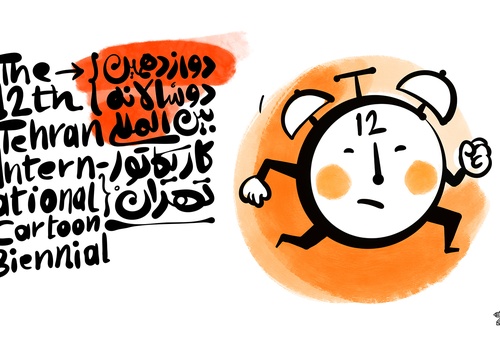
- December 16, 2025
The 12th Tehran International Cartoon & Caricature Biennial / 2025
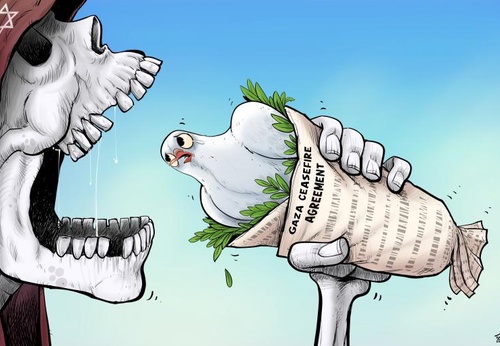
- December 16, 2025
Israeli violations of the ceasefire agreement in Gaza

- December 16, 2025
Impunity
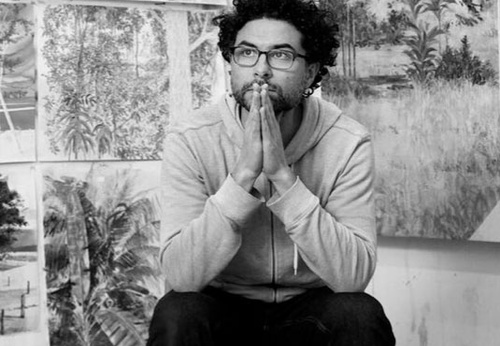
- December 16, 2025
Marcelo Daldoce - Brazil
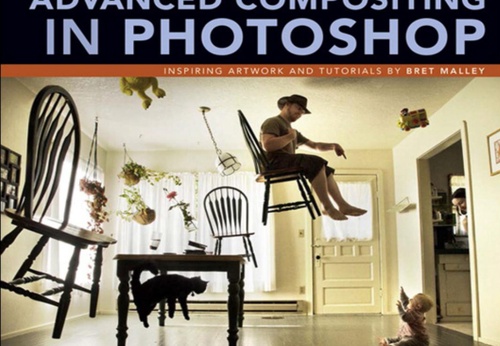

- December 16, 2025
Visual Art in Colombia: Diversity, Memory, and Social Critique

- December 16, 2025
Visual Art in Venezuela: Modernity, Identity, and Social Commitment
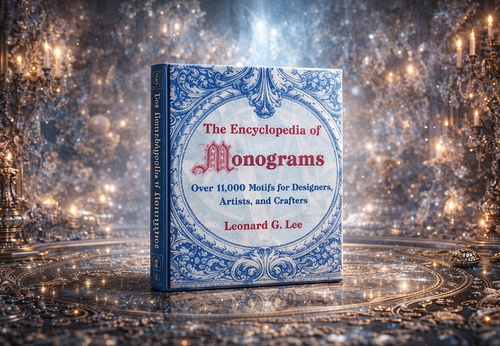
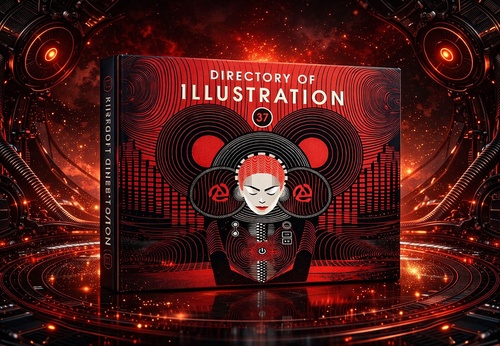
- December 15, 2025
Directory of Illustration | Volume 37 | 2020

- December 15, 2025
From Chile to Gaza: «Palestine Cries,»

- December 15, 2025
Latin American Artists MACLA and Montal…

- December 15, 2025
The Houston Museum That Doubled in Size…

- December 14, 2025
Brazilian Artist's Exhibitions at the V…

- December 13, 2025
Art for Gaza

- December 10, 2025
Pinta Miami 2025 Reaffirms the Strength…

- December 09, 2025
“GENOCIDE” Exhibition and Controversy O…

- December 09, 2025
Indigo Celebrates its 21st Anniversary …

- December 07, 2025
7 Art and Culture Recommendations for T…

- December 07, 2025
Why is Frida Kahlo the woman with the m…

- December 06, 2025
Argentine Art Makes a Grand Entrance at…

- December 06, 2025
Pinta Miami Highlights Sustainable Lati…

- December 04, 2025
Pinta Miami 2025: Epicenter of Contempo…

- December 03, 2025
Pinta Miami Boosts Latin American Art

- December 02, 2025
Exhibition “Unspeakable Gestures,” by A…

- December 02, 2025
Malba: “Pop Brasil” is an essential exh…

- December 01, 2025
Key Fair for Contemporary Latin America…

- December 01, 2025
Unseen Renoir work resurfaces after a c…

- November 30, 2025
How Brazilian Pop Art Challenged the Di…

- November 30, 2025
Palestinian Artist Transforms War Rubbl…

- October 08, 2023
Illustrations reflect the brutal Israel…

- December 25, 2023
The jury statement of the Iran-Brazil F…

- March 21, 2024
The history of art in Palestine

- July 29, 2023
History of Caricature in Brazil

- May 22, 2025
Brady Izquierdo’s Personal Exhibition O…

- September 01, 2023
Neural Filters in new photoshop 2023

- April 20, 2024
Poignant Image of Grief Wins Mohammed S…

- October 21, 2023
Erick Meyenberg and Tania Ragasol at th…

- June 29, 2024
Exhibition at Centro MariAntonia contra…

- May 15, 2024
Eleven murals for Gaza painted across t…

- February 18, 2024
7 Ways to Understand What Visual Arts A…

- March 14, 2024
museum of statue of van gogh

- May 25, 2025
Bordalo II to hold exhibition in Paris …

- March 15, 2024
museum of sculpture of Salvador Dali

- May 20, 2024
Latin American Festival of Performing A…

- March 30, 2024
illustration websites in Latin America

- August 09, 2023
Venezuela mural expresses solidarity wi…

- July 30, 2024
The artist from San Luis Mirta Celi rep…

- May 27, 2025
Works by Botero, Grau, and 80 other imp…

- January 23, 2025
Art Palm Beach 2025

- May 15, 2024
Eleven murals for Gaza painted across t…

- February 18, 2024
7 Ways to Understand What Visual Arts A…

- January 02, 2025
13 commemorations that will mark the cu…

- October 17, 2023
The influence of Latin American artists…

- February 03, 2024
THE HISTORY OF NAIF ART

- July 02, 2024
One of the largest urban art galleries …

- October 08, 2023
Illustrations reflect the brutal Israel…

- November 17, 2023
Fernando Botero's work is booming after…

- July 29, 2023
Piracicaba International Humor Exhibiti…

- November 06, 2023
Heba Zagout: Palestinian artist murdere…

- December 25, 2023
The jury statement of the Iran-Brazil F…

- December 10, 2023
Sliman Mansour and Palestinian art on t…

- March 14, 2024
museum of statue of van gogh

- February 01, 2025
A maior exposição de Botero em Barcelona

- March 21, 2024
The history of art in Palestine

- July 20, 2024
First International Mail Art Biennial 2…

- April 20, 2024
Poignant Image of Grief Wins Mohammed S…

- October 30, 2023
Palestinian turns images of the Gaza co…

- September 01, 2023
Neural Filters in new photoshop 2023

- February 08, 2024

